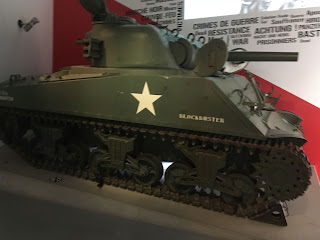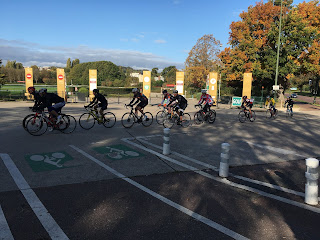A Sherman tank hit on the right side. Inside the tank there are holes and gouges in every surface and part. The crew was cut to pieces when their own armor became projectiles that ricocheted around the turret and hull.
The Bastogne War Museum honors the soldiers who fought the last Nazi offensive to a standstill in the cold woods of Belgium and refused to surrender when surrounded. On this 75th Anniversary year dozens of celebrations will mark significant moments in the battle, beginning in November and continuing into 2020.
A complete list of all the events and photos are on the museum website here.
For me the tank in the photo above reminded me of the fate of so many tank soldiers. When armor piercing shells blow a hole in armor plate, the armor itself becomes the shrapnel that ricochets inside the tank, killing and maiming the crew.
M45 Quadmount antiaircraft gun used by the American Army with variants like this one used in a ground installation or mounted on half tracks.
The museum has a large display on the history of The Holocaust.
This Sherman tank with its bright US Star on the side led me to wonder if the German gunner who hit the tank above used the star as an aiming point.
The commander of the surrounded soldiers of Bastogne was asked to surrender by the attacking Germans. His reply was "Nuts!" He became famous for that reply and holding out against the attackers. On his Wikipedia page that commander is identified as General Anthony Clement "Nuts" McAuliffe.



















